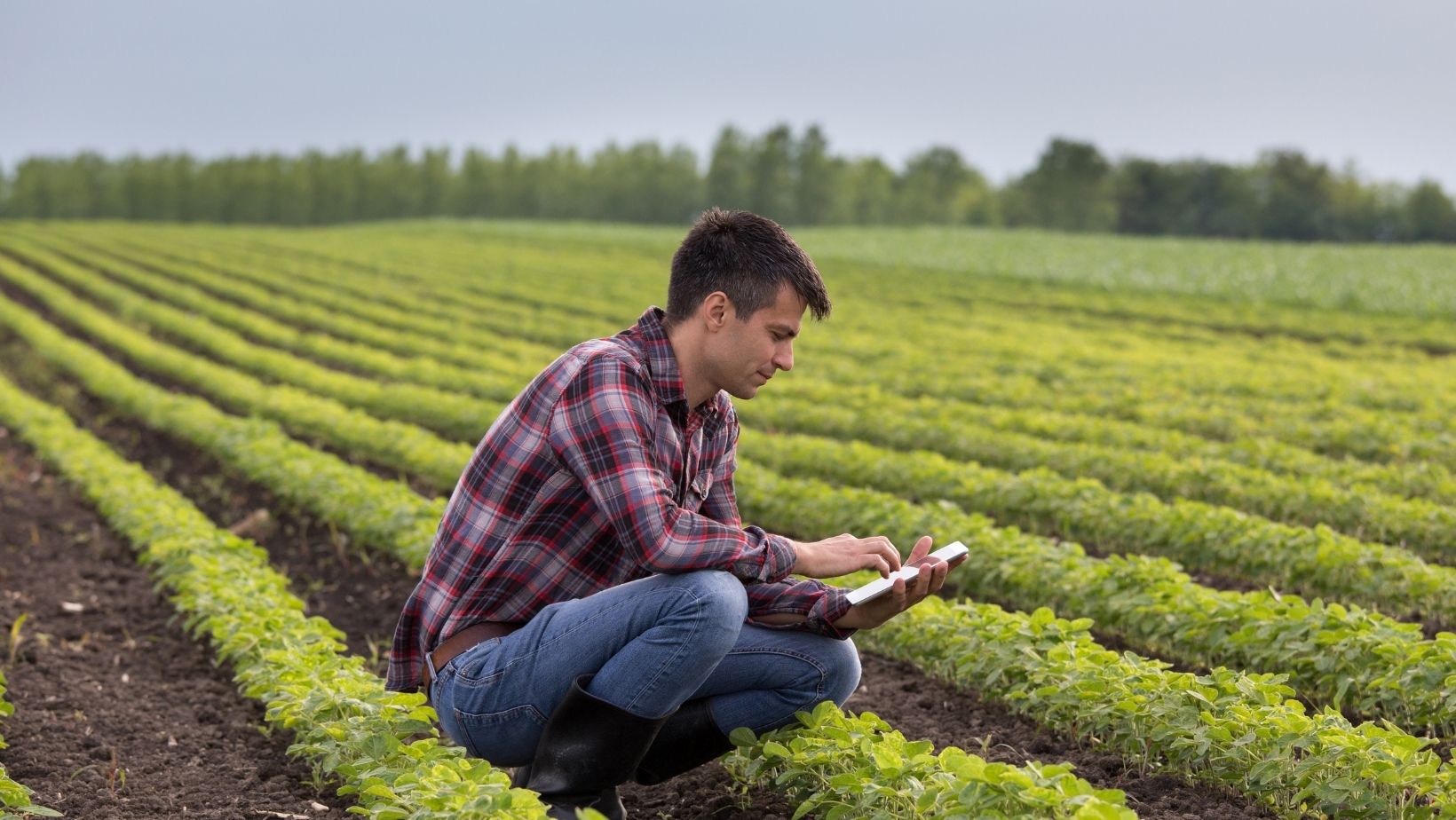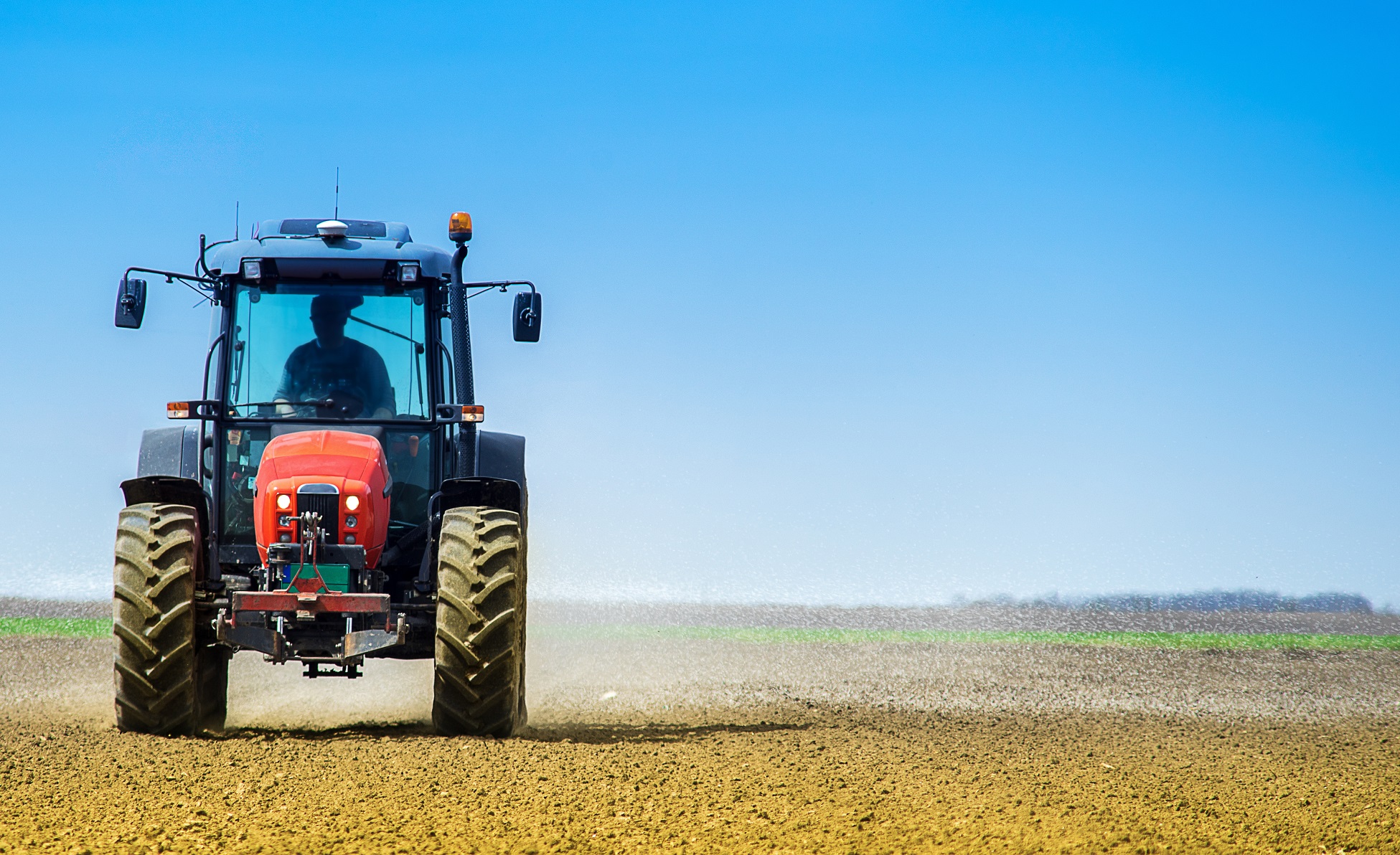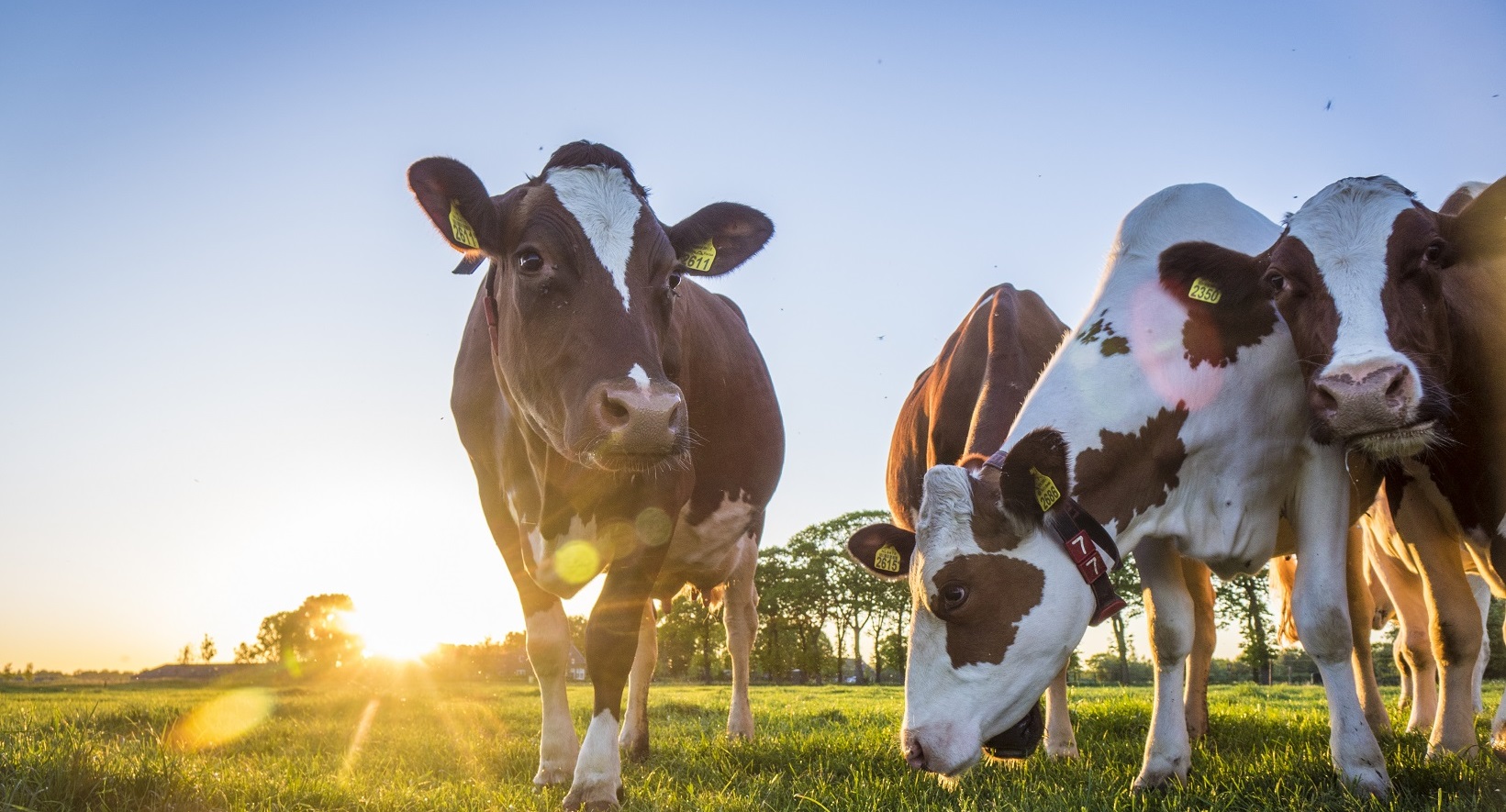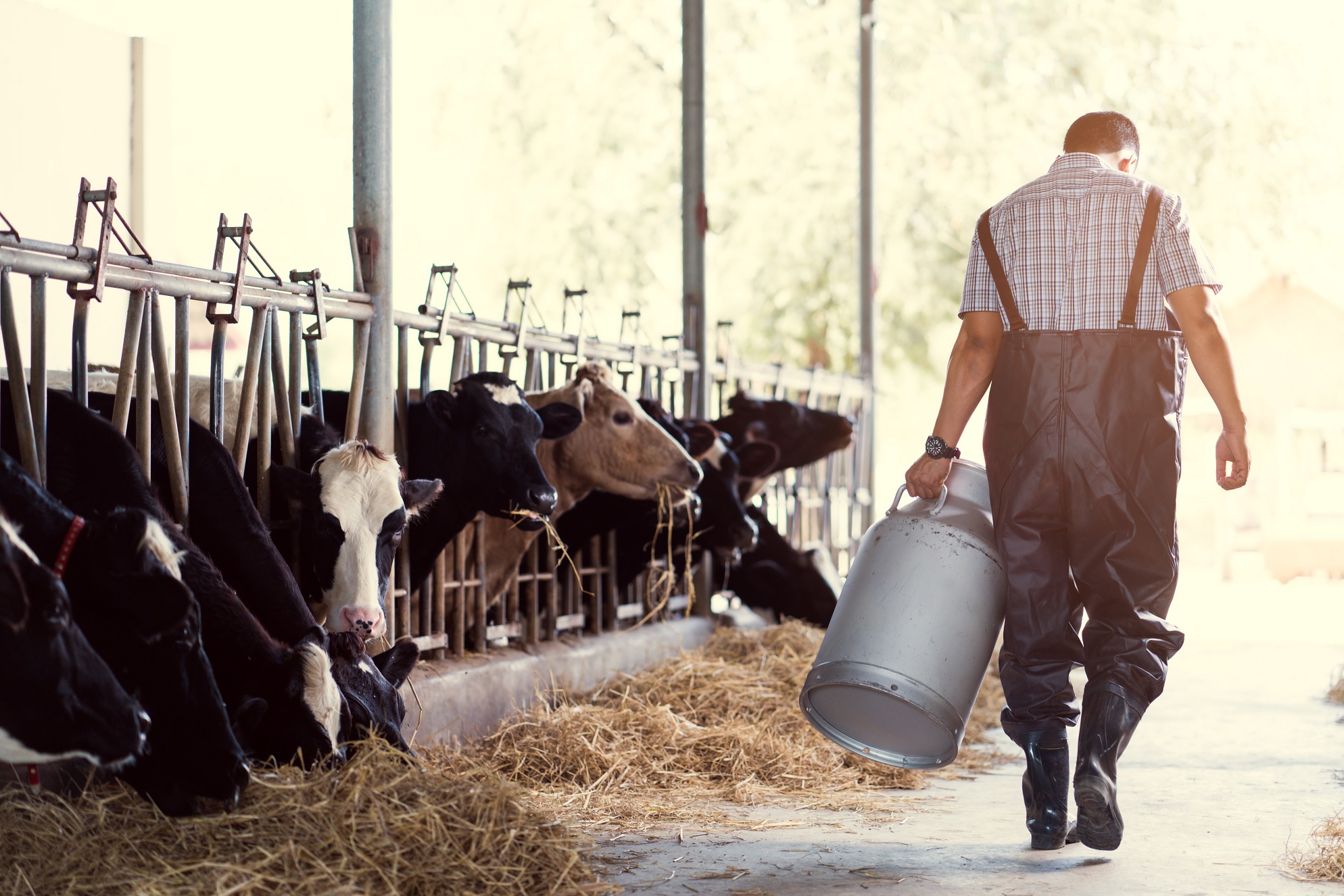Wine producers will be well aware of their responsibilities and obligations under the Wine Australia Act 2013 (the Act). In particular the labelling requirements under the Label Integrity Program. However, wine producers should also be aware of the range of additional requirements to be met under the Food Standards Code – ranging from mandatory statements on food and drink products generally, to wine specific requirements. Further, as demand increases for cleanskin wine, wine producer’s obligations become even more complex.
The Label Integrity Program (LIP)
The LIP, contained in Part VIA of the Act, ensures that any claims made on wine labels, or made for commercial purposes, about the vintage, variety or the geographical indication (GI) of wine manufactured in Australia are truthful. The three claims are governed as follows:
Vintage claims are limited to the year in which the grapes were harvested after 1 September in a calendar year and on or before 31 December in the following calendar year. This will be considered the effective vintage date.
Variety claims are recognised by one of the following organisations and will be deemed ‘permitted’ varieties:
- International Organisation of Vine and Wine;
- International Union for the Protection of New Varieties of Plants;
- International Plant Genetic Resources Institute;
There are a number of varieties endorsed by these organisations, ranging from more obscure varieties of Gewurztraminer and Teroldego to the classics such as Pinot Noir and Sauvignon Blanc.
GI claims are a word or expression used in the description and presentation of a wine that identified the goods as originating in a country, or in a regional or locality in that country. The Register of Protected Geographical Indications and Other Terms contains a number of protected Australian and European GI’s and wine producers are prohibited from selling or exporting a wine with a GI listed on the Register that did not originate from that registered GI. Importantly, the Act specifically states that a wine description and presentation may be false even if it indicates the country, region or locality (as the case may be) in which the wine originated. This is where a critical analysis of the GI and corresponding label is required. It is therefore crucial to obtain advice when you are unsure if your wine labels meet the GI claim requirements, particularly in relation to registered GI’s.
Whilst information about the vintage, variety or GI is not mandatory, where such claims are made, they must be recorded and able to be verified. Therefore, wine producers are required to keep an auditable trail of records indicating the vintage, grape variety and GI of wine and wine goods that they grow, manufacture and supply.
Issues with Blending
Commonly the variety, vintage or GI of a wine will not necessarily be limited to one grape type, year or location. The Act, along with the associated Wine Australia Regulations 2018 (Regulations) deal specifically with this issue.
If wine originating in Australia is made from 2 or more varieties, the wine may be described and presented as being of a single variety only if at least 850ml/L of the wine is obtained from that variety.
Wine may be described and presented as being of one vintage if at least 850ml/L of the wine is obtained from grapes harvested in that vintage.
Finally, if the description and presentation of wine:
(a) uses one GI registered in relation to Australia; and
(b) does not use a GI registered in relation to another country; and
(c) does not use a foreign place name,
at least 850ml/L of the wine must have been obtained from grapes grown in the region or locality in Australia in relation to which the GI is registered.
Other Labelling Requirements
Separately from the LIP, there are also a number of mandatory requirements under the Food Standards Code:
- Name of food
- Identification of the ‘batch’ number (for recall purposes)
- Name / address of supplier
- Registered geographical indications in address
- Allergens (Mandatory Advisory Statements)
- Alcohol content
- Standard drink statement
- Pregnancy warning labels (mandatory by July 2023)
- Volume Statement
There are particular requirements relating specifically to wine and wine products which must be met.
For example in relation to alcohol content, the alcohol content must be expressed in mL/100 g, mL/100 mL or as the percentage of alcohol by volume. For wine or wine products containing more than 6.5% alcohol by volume, the alcohol content statement must be within 1.5% accurate (or 0.5% for brandy and fortified wine).
In relation to the pregnancy warning, the requirements will be strict. From 31 July 2023, wine producers must ensure that their wine labels contain a pregnancy warning in the prescribed form based on the volume of wine in a bottle. Specific requirements will be required on all standard bottles of wine of 750 ml.
In relation to allergens, before 2002 wine producers were not required to declare allergens on their product label. Now, wine producers must declare allergens. The Food Standard Code has a prescribed list of allergens which must be declared, such as egg, fish, milk, and tree nuts as well as sulphites (in some instances).
It is important to have a comprehensive understand of all the requirements not only under the Act, but under the Food Standards Code when labelling your wine. The requirements are extensive and may be subject to change. If you are ever unsure about your labelling, it is important to seek advice.
‘Cleanskin’ wine
Offloading wine as cleanskin is a great way to get rid of excess wine that has not been sold – and there appears to be a demand for cleanskin wines amongst consumers, as cleanskins are often a cheaper alternative. However, wine producers should take care when selling cleanskin wines. Whilst the producer, variety, vintage or GI may not be shown on the label, the mandatory Food Standards Codes statements still apply to cleanskins. You should not get caught out by taking the term ‘cleanskin’ literally, there will still be text on the cleanskin labels based on the mandatory requirements.
Key takeaways
(a) Be cautious when blending and labelling your wine. If you are using grapes with more than one variety, year or location, it is crucial to ensure that the minimum blending standards are met before claiming one variety, vintage or GI.
(b) Wine labelling is not limited to the Act or the LIP, the Food Standards Code is a crucial aspect of wine labelling.
(c) If you are ever unsure of your requirements under the LIP or the Food Standards Code, it is important to seek legal advice before finalising your labels. If potential issues are identified down the track, re-labelling your wine is a timely and costly exercise.
How can Coulter Legal help?
The Coulter Legal Agribusiness team deciphers the complexities of wine labelling to ensure you comply with all legal requirements . Seeking appropriate legal advice prior to labelling your wine will provide you with comfort knowing that there will be no errors on your labels as the wine leaves your cellar door.










